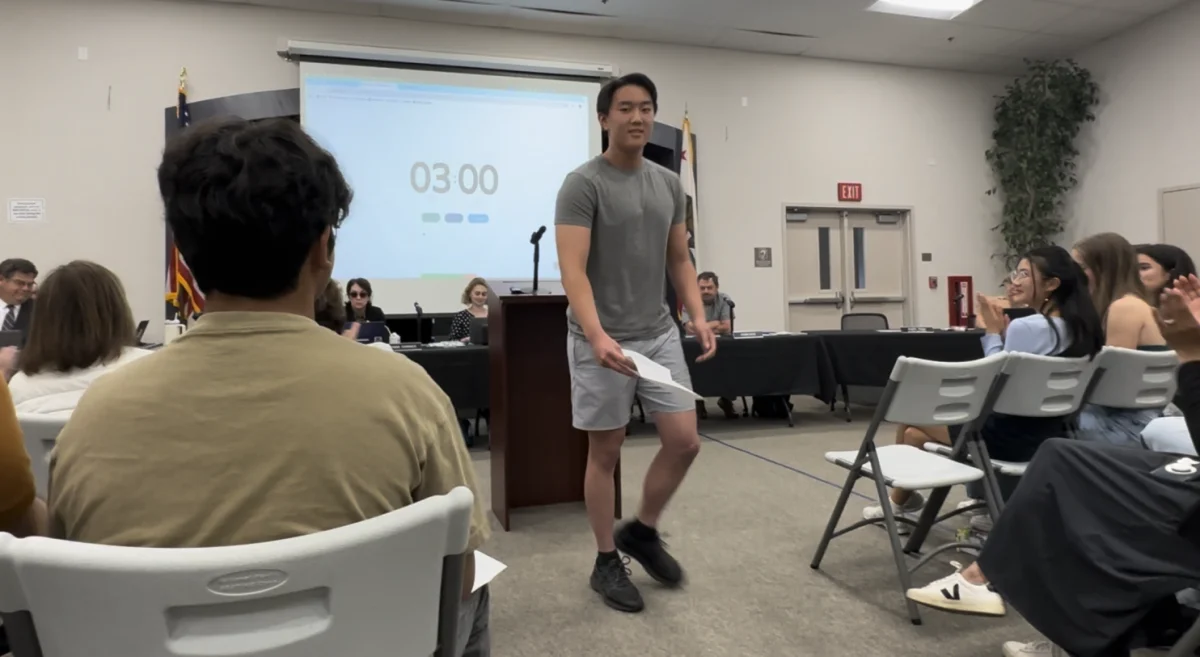Students take various science classes starting in elementary school, creating a base of knowledge that will benefit them for years to come. Now, in high school, students are able to apply mathematical knowledge as well as their own ability to grasp concepts, allowing for greater knowledge gains in science fields. The question is: in what order should we be learning them?
Several private schools such as Menlo School, Pinewood School and Castilleja School along with schools in other districts and states teach their science classes in orders different from those of the school. For example, up until this past year, Mountain View High School taught Chemistry to freshmen, Biology to sophomores and Physics to juniors. They changed to match the order of the classes taught by LAHS, starting with Biology and ending with Physics.
Schools like Palo Altos High School, and Castilleja Shcool begin with Physics as opposed to Biology. Despite this, when looking at the way Los Altos presents its science curriculum to students, starting with Biology, it makes more logical sense.
Freshmen have a limited mathematical background from junior high and are generally able to utilize arithmetic along with easy algebra. Along with this, students come in with a working knowledge of basic science. However, it is not nearly as expansive as it is by the time they enter into their junior and senior years of high school, allowing upperclassman to much more fully understand complex subjects.
“Biology, although systems and processed based, is also very much vocabulary based and reading and text intensive,” physics teacher Adam Randall said. “The development that is going on in a 13 or 14-year old brain is able to handle that kind of organization, but the level of abstraction that is necessary for understanding physics requires more abstraction, a higher-powered brain work than the text-based biology.”
By saving Physics for closer to the end of a student’s high school career, the classes are able to be more heavily-based on mathematics, using more advanced skills in even the most basic physics classes. As a student progresses throughout high school, the levels of math and science coincide with one another. They go hand in hand, making it easy for students to see connections between their classes.
“By junior year, you do have that mathematical basis, so you don’t need to go into the basic ninth grade level,” sophomore Victoria Santiago said. “I don’t think you should be minimizing your curriculum simply because of the year that you are in. If you can wait two more years, take classes that you need in order to get into Physics, I think it makes logical sense that Physics is not offered to freshman because you need to cover all of the mathematical subjects in physics in order to fully understand the science.”
Although there are ways to teach physics at a more conceptual and basic level, it seems that it fits best later in a student’s high school career. Along with this, Biology is offered at higher levels later as well. This means that, even though Biology is easily taught at a more basic level to freshmen, students are still given the option to pursue a deeper understanding of the subject at an AP level.
However, many schools would not teach Physics first without merits.
“I actually was glad to have Physics first because it enables all of the new freshman to start science at the same base level with a few key set of principles and equations that we refer back to during our chem classes and bio classes,” Castilleja senior Devon Shiff said.
Despite this, due to the higher mathematical challenge involved in a physics class, it is most logical to teach it later in a student’s high school career. The school has planned it out right, giving students the opportunity to not only expand their scientific horizons, but doing so in such an order that allows them to gain even more understanding of concepts scientific, conceptual and mathematical.








